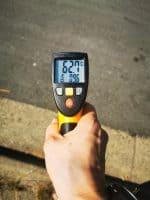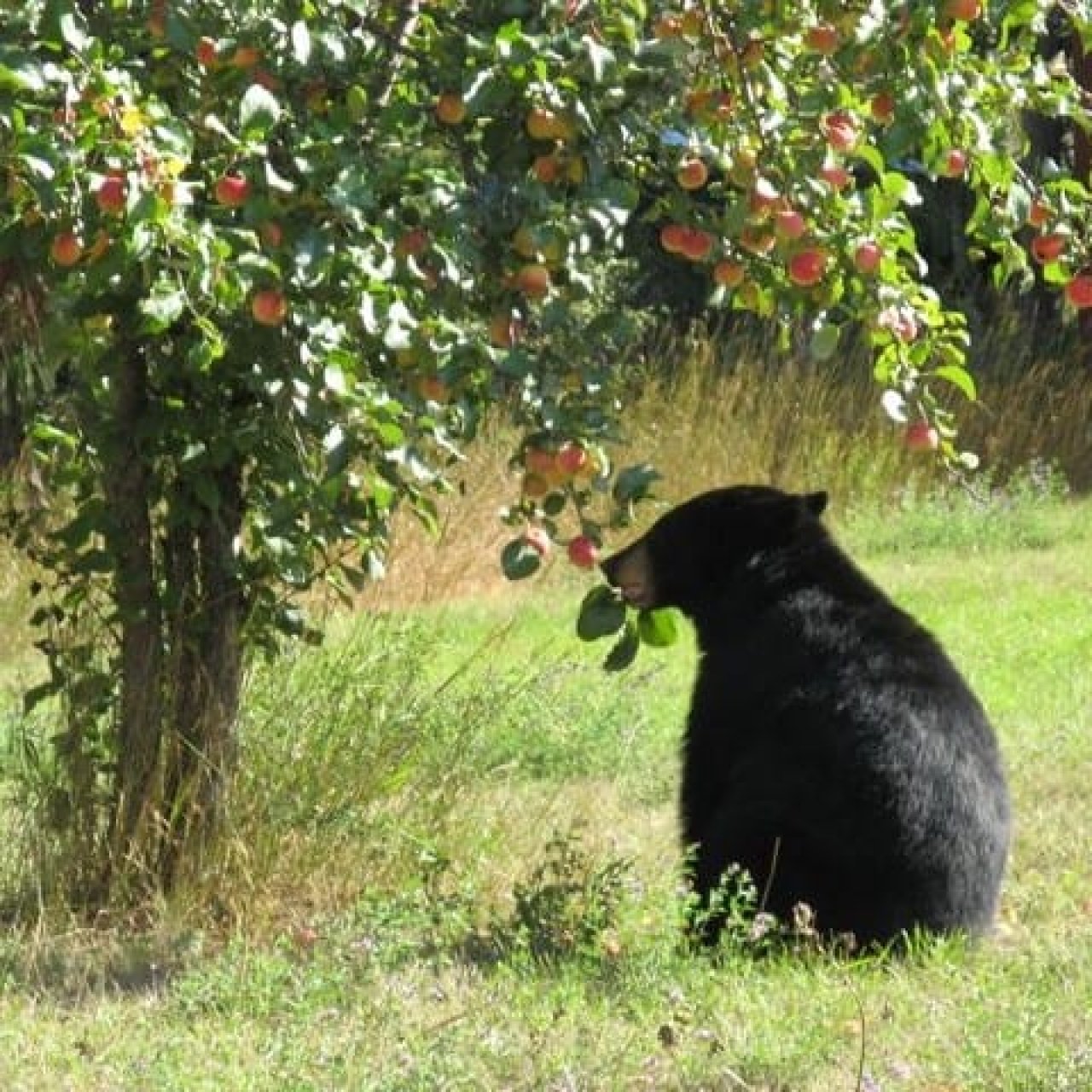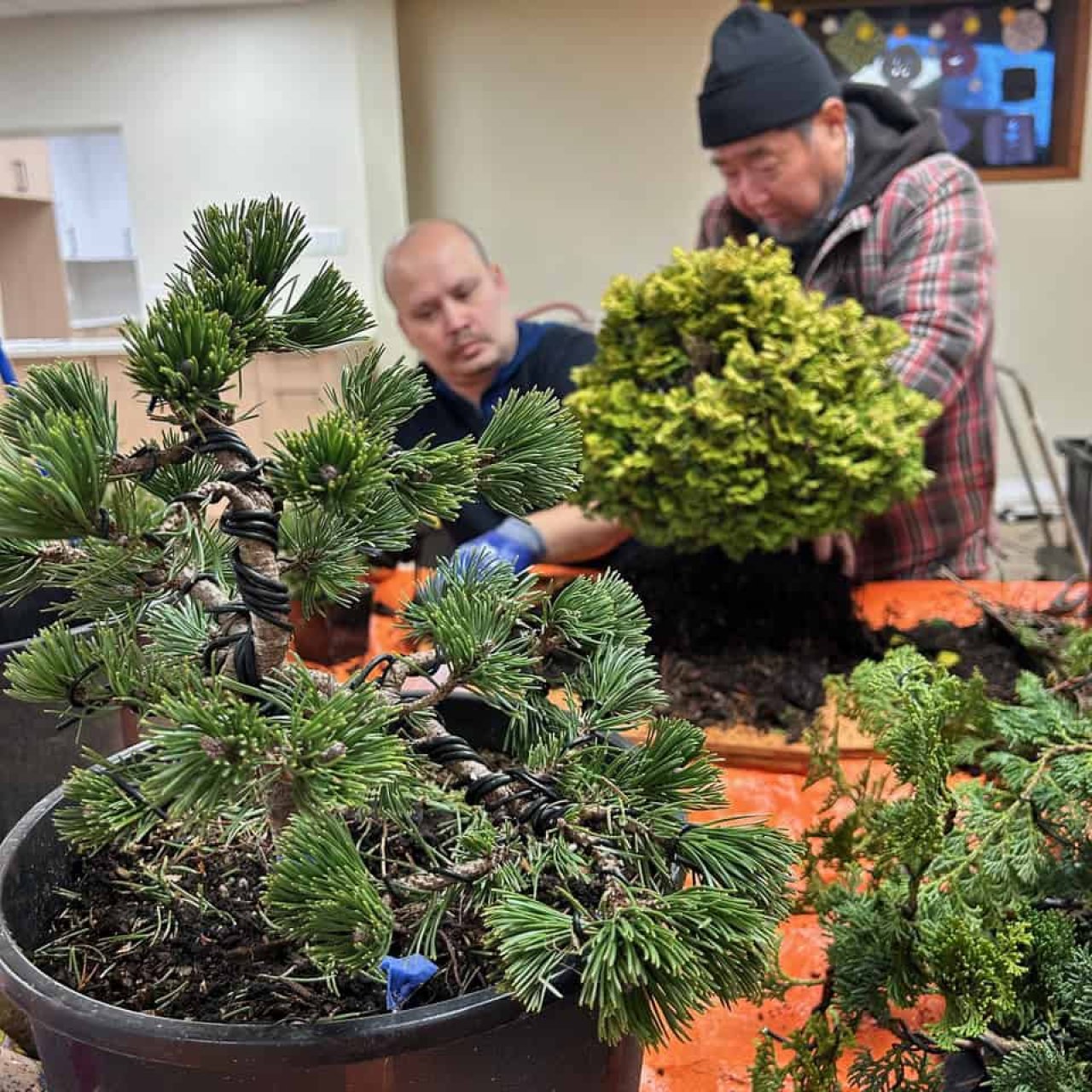Spring maintenance and heat dome preparation
What a spring - we had snow on the local mountains this past week and temperatures overnight are still hovering around 4° C. It's hard to believe that it was about five weeks from now, last year, we saw backyard temperatures of 43° C. We have put together some tips to get ready for summer - if winter ever leaves us behind.
Heat dome
We live in a special place, on the edge of the forest at the edge of a city. We know that this intersection makes Lynn Valley special and the people who live here care deeply about our wild areas. However, there is tension between urban and wild areas and we have to take care of both - last year we spoke to the DNV Fire Rescue services about preparing our homes for wildfires. DNV Fire Rescue cooling kids off at Lynn Valley Park.It may be unlikely we have another heat dome like last year’s extreme heat but the statistics have temperatures climbing and longer stretches of warm weather are becoming more common. A heat warning, as defined by Environment Canada, means daytime and nighttime temperatures or humidex values are expected to be higher than the average high temperature for 2 or more days in a row.Here is what you can do to prepare:Before:
DNV Fire Rescue cooling kids off at Lynn Valley Park.It may be unlikely we have another heat dome like last year’s extreme heat but the statistics have temperatures climbing and longer stretches of warm weather are becoming more common. A heat warning, as defined by Environment Canada, means daytime and nighttime temperatures or humidex values are expected to be higher than the average high temperature for 2 or more days in a row.Here is what you can do to prepare:Before:Listen to local news and weather reports for heat warnings.
Know the humidex rating – it combines the temperature and humidity to indicate how hot the weather feels to the average person.
Find ways to keep cool before hot weather starts.
Arrange air conditioning and fans to help keep your home cool.
Find out where you can go to get cool such as public libraries, malls, and municipal cooling centers: last year the NVDPL opened for cooling, as did the Pipeshop on Lonsdale and there were additional misting centres.
Discuss heat safety with members of your household. Have a plan for wherever you spend time – home, work and school – and prepare for possible power outages.
Get trained in first aid to learn how to treat heat-related emergencies.
Ensure you have sunscreen (SPF 15 or higher), as sunburned skin reduces the body’s ability to cool itself.
Stay hydrated. Drink plenty of cool liquids before you feel thirsty to reduce your risk of dehydration and heat-related illness.
Ensure that your animals’ needs for water and shade are met.
Make sure you know those who are most at risk in your neighbourhood, such as the elderly, children and those who are sick or in need of extra assistance.
Stay hydrated and cool
Drink plenty of cool fluids, even if you don’t feel thirsty, and check-in with children and seniors to make sure they are drinking regularly.
Avoid caffeine and alcohol because they can cause dehydration, which stops your body from controlling its temperature properly
Avoid being outside during the hottest part of the day (typically between 10 a.m. and 2 p.m.).
Dress for the heat and for your activity level:
Wear light, loose clothing to let air circulate and heat escape.
Always wear a hat and apply sunscreen with SPF 15 or higher before going outside.
Slow down your activities as it gets hotter. Move indoors and don’t work, exercise, or play outside for an extended period of time.
Take frequent breaks in a cool or shady area and use a buddy system if you need to be outside when it's hot.
Check on your pets and animals frequently – make sure their needs for water and shade are met.
Check with your neighbours, friends and those at risk.
Pay close attention to how you and those around you feel. Following public health guidelines in your province or territory, check on vulnerable family members, friends and neighbours (such as children, the elderly and ill) who may require assistance.
Heat cramps, heat exhaustion, or heat stroke, can happen to anyone who stays in the heat and sun for too long.
Watch for symptoms of heat illness, such as:
Dizziness or fainting
 Lynn Valley asphalt temperature last June.
Lynn Valley asphalt temperature last June.Nausea or vomiting
Headache
Rapid breathing and heartbeat
Extreme thirst
Decreased urination with unusually dark yellow urine
Changes of behaviour in children
Annual Spring home maintenance
We would all love a low-maintenance home - and the reality for that to be the case, being diligent about the little to-dos helps avoid major repair costs. Now is the time to tackle a few projects outside to maintain the appearance and value of your home.Check out the roof
Clean out the gutters and downspouts
Inspect the foundation from the outside
 Check seals around exterior windows and doors
Check seals around exterior windows and doors
Take a closer look at the garage doors
Check the chimney
Looking for more?
There's always something fun and exciting happening in Lynn Valley. Check out our Community Events Calendar or learn more about Local Activities, Mountain Biking or Hiking and Walking Trails.Looking for more?
-
Nov 216:30 PM - 8:30 PMRoyal Canadian Legion Branch 114, 1630 Lynn Valley Rd, North Vancouver, BC V7J 2B4, Canada
-
Nov 21
Adult Night Market
6:30 PM - 9:00 PMVancouver Waldorf School 2725 St Christophers Rd, North Vancouver BC V7K 2B6, Canada -
Nov 22
Browning Stained Glass & Razzle Dazzle Designs Winter Sale
10:00 AM - 5:00 PM1950 Westover Rd North Vancouver, BC, Canada -
Nov 22
Waldorf Children's Winter Fair
10:00 AM - 3:00 PMVancouver Waldorf School, 2725 St Christophers Rd, North Vancouver, BC V7K 2B6, Canada







